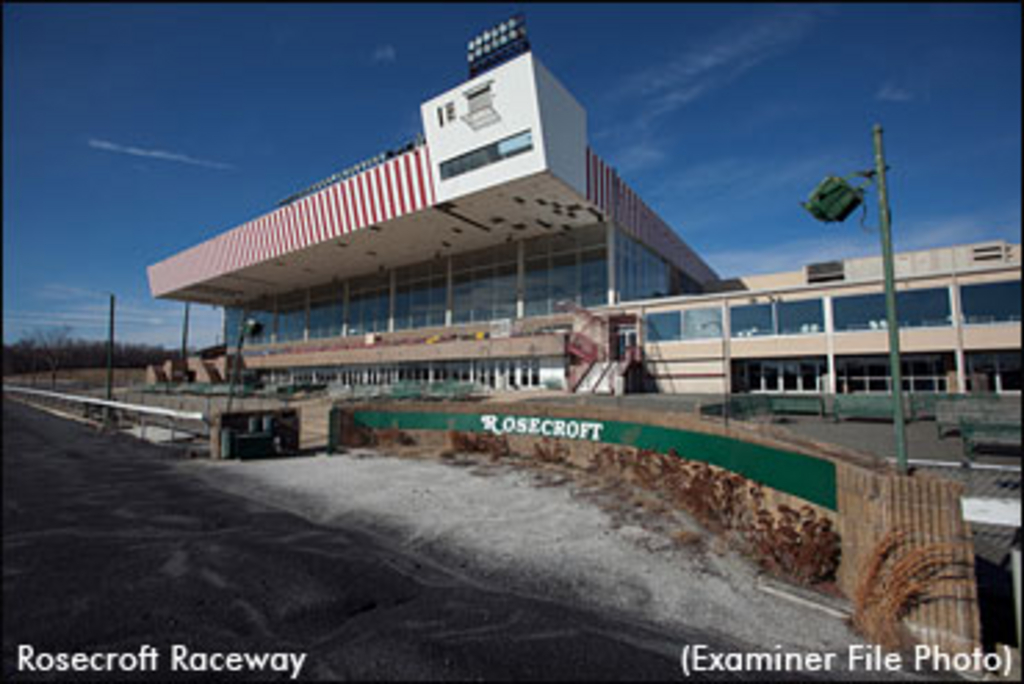Measuring Slots' Economic Impact

Rosecroft Raceway and parent company Penn National Gaming released the findings of two studies measuring the economic impact of adding slots to the Maryland racetrack
in advance of a Prince George County Council meeting set for Wednesday.
The first study, conducted by Dr. LaTanya Brown of Bowie State University, examines the economic and fiscal impacts of the operation of a racino at Rosecroft Raceway. The second study, a market study analysis conducted by leading industry research experts Innovation Group, examines the market viability to support a racino facility at Rosecroft Raceway. Both studies were commissioned by Rosecroft owner, Penn National Gaming.
Key Findings
Dr. Brown’s “The Economic and Fiscal Impacts of the Operation of a Racino at Rosecroft Raceway” examines three gaming scenarios for Rosecroft Raceway:
- Scenario I: Slot machines and racing at Rosecroft Raceway (with slots at currently approved locations in Maryland)
- Scenario II: Slot machines and table games at Rosecroft Raceway and all other approved casino sites in Maryland
- Scenario III: Table games (i.e. Black Jack, Baccarat, Roulette and Craps) only at Rosecroft Raceway and slots at all other approved casino sites in Maryland
Economic impact to Prince George’s County in the operations phase, including number of jobs generated:
- Employment ranges from 670 new jobs (under Scenario III) to 2,680 new jobs (under Scenario II);
- Wages range from $20.8 million (under Scenario III) to $83 million (under Scenario II).
Economic impact to Prince George’s County in the construction phase, including number of jobs generated:
- Employment ranges from 685 construction jobs (under Scenario III) to 4,118 construction jobs (under Scenario II);
- Wages range from $38.6 million in construction wages (under Scenario III) to $232.7 million in construction wages (under Scenario II).
Both scenarios assume the following at Rosecroft Raceway:
- Live harness racing
- 6,500 slot machines
- 160 table games
Should Rosecroft Raceway conduct gaming at its facility in addition to harness racing, estimated Prince George’s County tax revenues in its operations phase would range from $1.3 million annually under Scenario III to $40 million annually under Scenario II. The Innovation Group’s “Gaming Market Assessment” study key findings include:
Slots at the racing facility:
- Projects 6.4 million annual visitors to Rosecroft in 2014 to 6.8 million annual visitors to Rosecroft in 2017.
- Total gaming tax revenues are estimated to range from $372 million annually in 2014 to $415 million annually in 2017 under a slots and racing scenario.
Slots and table games at the racing facility:
- Projects 7.5 million annual visitors to Rosecroft in 2014 to nearly 8 million visitors to Rosecroft in 2017.
- Total gaming tax revenues are estimated to range from $394 million annually in 2014 to $439 million annually in 2017.
Total hard construction costs invested by Penn National Gaming, should gaming be approved at Rosecroft Raceway, ranges from $49 million (under Scenario III) to a maximum of $288 million (under Scenario II).
“Given the enormous potential for new revenues and significant new jobs for Prince George’s County, as well as the State, we’re hopeful that Rosecroft will be allowed the opportunity to offer gaming at its recently re-opened track,” concluded Eric Schippers, SVP of Public Affairs for Penn National Gaming.
(Penn National)

